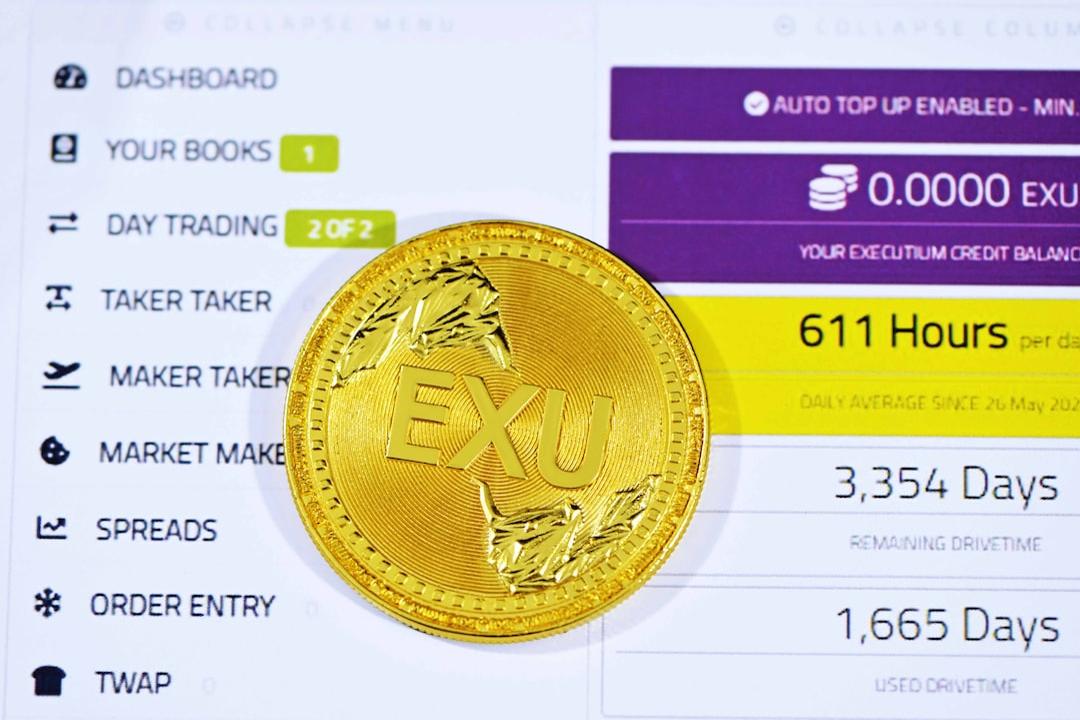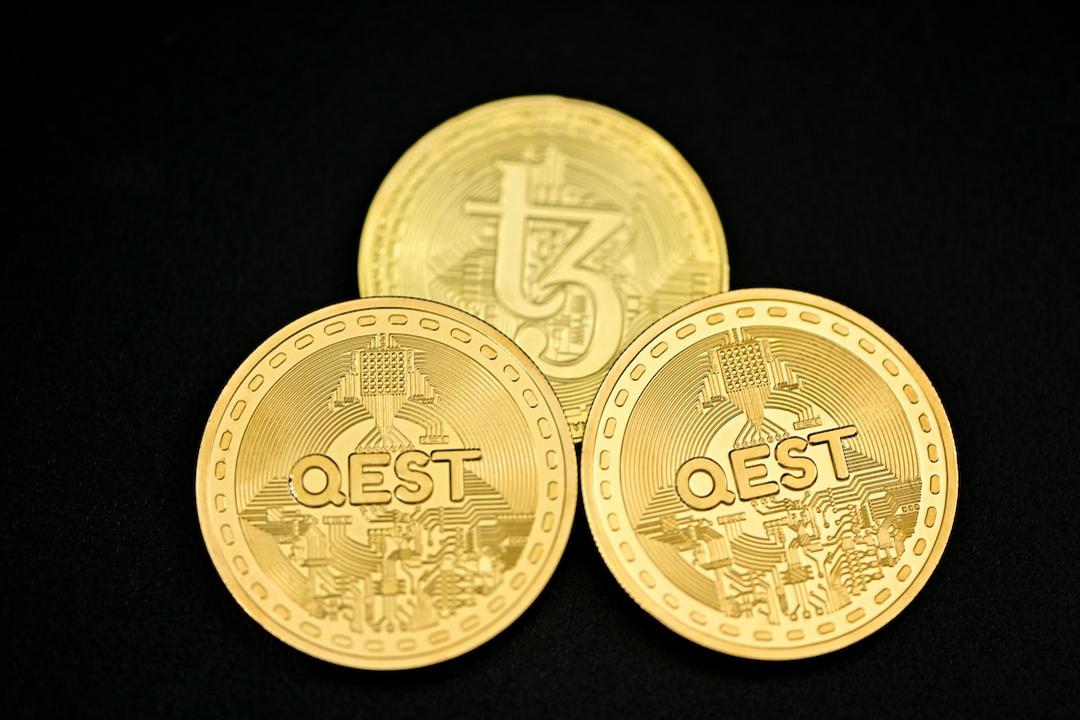Overview
This section aims to cover low-risk yield strategies primarily based on stablecoins (and their derivative tokens) in the current market, assisting users who wish to gradually expand their capital scale through U-pegged financial management in finding more ideal earning opportunities.
(Background: The market is in extreme panic, suitable for the USDT financial strategy Vol.3 to arrive)
(Background Supplement: U-pegged Financial Management Strategy Vol.4: Ethena and Perena’s new season launch, missing out would be a pity?)
Market Update
The rhythm of the financial management market is slower compared to the trading market. In previous strategies, we have broadly covered mainstream yield markets such as Pendle and Fluid, as well as “dual mining” opportunities like Sonic, Ethreal, Level, Meteora, Vest, Perena, BackPack, and Echelon. To avoid redundancy, starting from this issue, we will focus on the latest trends in the financial management market over the past week.
New Opportunities
Berachain Flywheel Activation
Last Monday, Berachain officially launched the Proof of Liquidity (PoL) mechanism, indicating that this Layer1, which inherently carries a Ponzi mechanism, has officially begun operation. Odaily Note: For specific mechanisms regarding PoL, please refer to “Detailed Explanation of Berachain PoL Mechanism: A More Aggressive Bribing Model than Curve.” In the initial phase of PoL activation, the APR of the two main stablecoin pools, BYUSD/HONEY and USDC.e/HONEY, once exceeded 20%. However, with the expansion of pool size and BERA following the market downturn, the APR has significantly shrunk to around 4%.

However, thanks to Berachain’s PoL liquidity staking protocol Infrared, this APR data can rise to around 5.3% (because iBGT has a certain premium over BERA), while maintaining long-term interaction with Infrared. Although the APR figure is not very ideal, I personally still recommend mining this asset, as Infrared is likely to be the project with the highest market capitalization imagination in the entire Berachain ecosystem, with significant potential for airdrop expectations. Odaily Note: For specifics, please refer to “Funding Over $18.75 Million, How to Accumulate Berachain’s Only Leader Infrared.” Additionally, due to the high LP APY of iBGT and iBERA on Pendle (base 132%, 299%, with sufficient PENDLE staked, up to 322%, 543%), a “spot mining, contract shorting” hedging strategy can also be adopted. Currently, the annualized cost of shorting BERA on Binance is around 50%, with yields sufficient to cover rate costs while maintaining interaction with Infrared—iBGT has a premium and is relatively uncontrollable, so it is more advisable to operate via iBERA.

Aside from these relatively mainstream pools, there are also many smaller pools on Berachain with annualized rates exceeding 100% or even 1000% (such as the newly launched stable project USDbr). Other details are not listed here (can be viewed on Infrared’s homepage), and everyone can participate at their discretion based on their risk preferences.
Resolv’s Blueprint
Last Tuesday, Ivan Ko, the founder of the stablecoin project Resolv, published a lengthy article outlining the two biggest problems faced by the currently popular “yield-generating stablecoins”—scalability and risk. Scalability refers to the rapid compression of on-chain yield space as asset scale expands. Even for Ethena (USDe), which relies heavily on the futures and spot arbitrage market, the actual capacity under the BTC + ETH + SOL hedging strategy is only around $20 billion, necessitating the exploration of all yield avenues, including but not limited to futures and spot arbitrage, MEV, high-frequency trading (HFT), etc. Risk means that as more yield paths emerge, potential risk points also increase, so risk isolation is necessary—Resolv’s current solution is a dual approach with USR and RLP, where RLP protects against unforeseen circumstances of USR, earning higher yields while assuming risks.
Projects like Ethena, Level, and Resolv are increasingly viewed by the market as the greatest opportunity to disrupt the stablecoin sector (refer to “Four Upcoming TGE Yield Stablecoin Protocols, Who Can Define the New Normal of DeFi?”), but few mention the upper limit issue of on-chain yield space. However, for projects in this track, the sooner they recognize this point, the better. Overall, Resolv’s approach is quite clear, and I personally tend to raise expectations for its airdrop.
Resolv’s points plan has been open for quite some time, but there are still many paths to accelerate point accumulation, which can be supplemented before the TGE. For instance, Pendle’s four pools shown below can provide a minimum of 25 times and a maximum of 45 times the points rate increase.

AC’s Algorithmic Stability
The algorithmic stablecoin created by veteran DeFi guru and Sonic co-founder Andre Cronje (AC) is also receiving considerable market attention.
Further Reading: DeFi Father AC: Sonic Has Solved the “Algorithmic Stablecoin” Dilemma, but the PTSD from LUNA Has Yet to Recover. The current known information is that this stablecoin is expected to be released in 4-5 weeks. Although the high APR appears enticing, the consistent logic of algorithmic stability is “early entrants reap the rewards, later entrants pay the bill.” It is advisable for interested users to set a reminder for timely action.
Vest Annualized Surge
Lastly, a note: the LP APY yield of Vest recommended in the March 17 issue has increased to 30%. The six-month points plan has just opened for two weeks, with a longer time period still available for participation.


